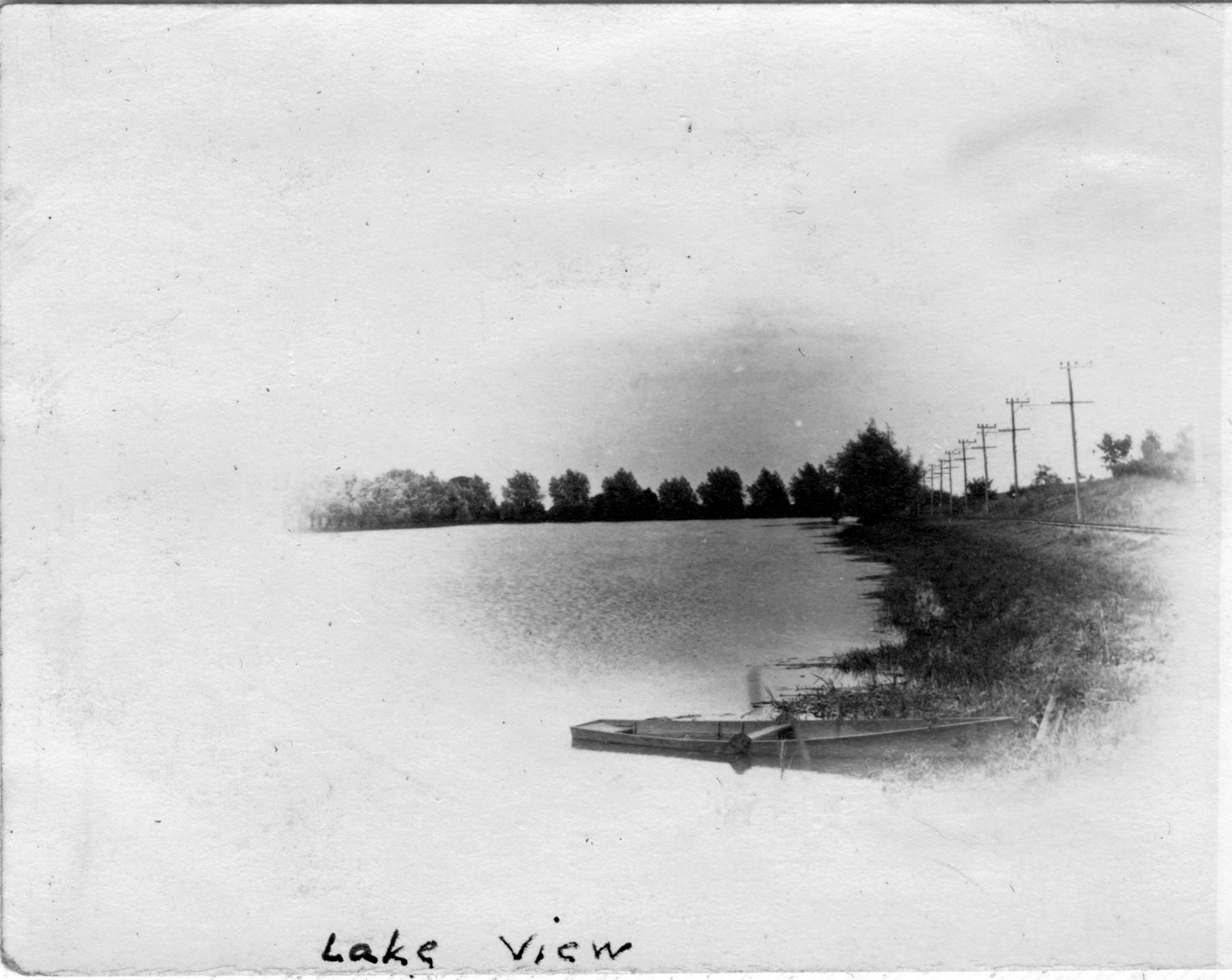by Buck Reed
Summer is for Softshells
The heat and sunshine of summer are here, and in other regions of the world, that might mean a lot of different foods. But here in Maryland, summers aren’t summer without crabs. And we know all different ways to enjoy these local “beautiful swimmers.” Crab cakes, crab dip, crab soup, and even big bushels of steamed crabs are always following the namesake of “Maryland,” because of the blue crab of the Chesapeake Bay. For me, summer doesn’t really start until I have had my first soft shell crab.
Soft shell season traditionally starts with the first full moon in May and shuts down in September, so there is plenty of time. During this time is when they are marketed live and fresh, which is the best time to enjoy them. You can find them frozen in January, but I choose to wait. This is when the crabs are molting their hard shells and sporting a new softer one that stays soft once they are pulled from the water. And some people say there is no God!
If you are purchasing and preparing them yourself, they are easy enough to clean yourself or ask the person behind the counter to do it for you. Just make sure they are alive when you do.
As far as cooking, it is difficult to mess them up. Just do not overcook them. One important trick is to poke a few holes in the legs and claws to allow moisture to escape during cooking otherwise they can be dangerous.
But this might be one of those occasions where you might want to stick to ordering when you are out. But you only have about six weeks to find a place that does soft shells well. So, get started!


